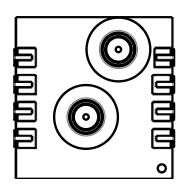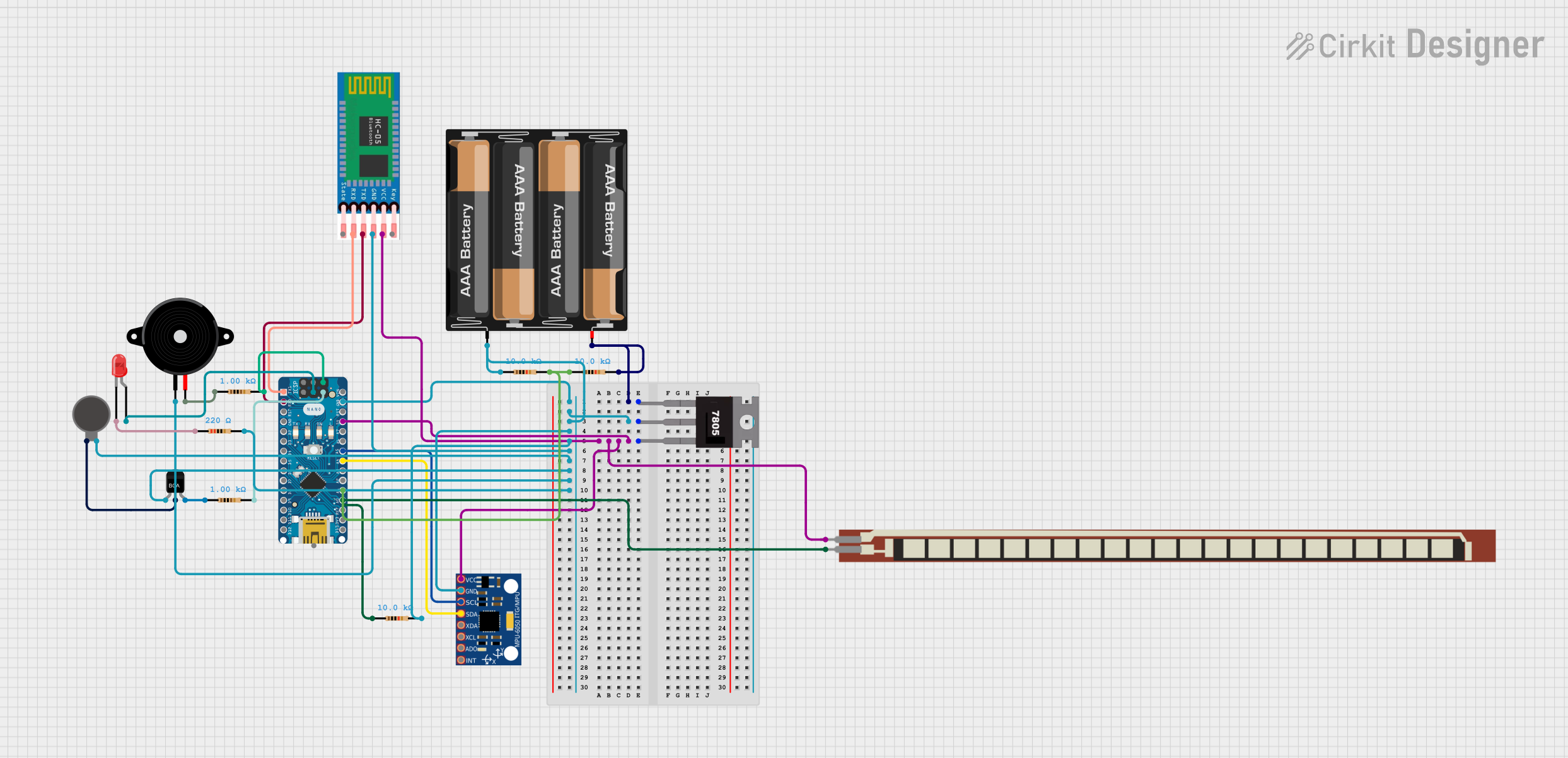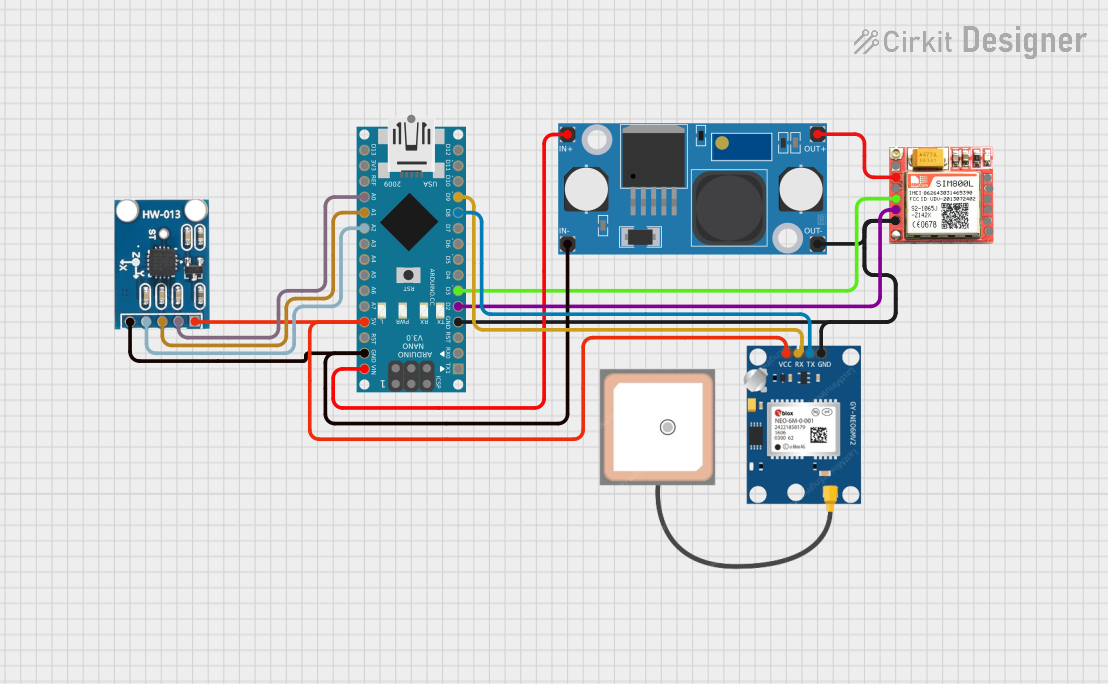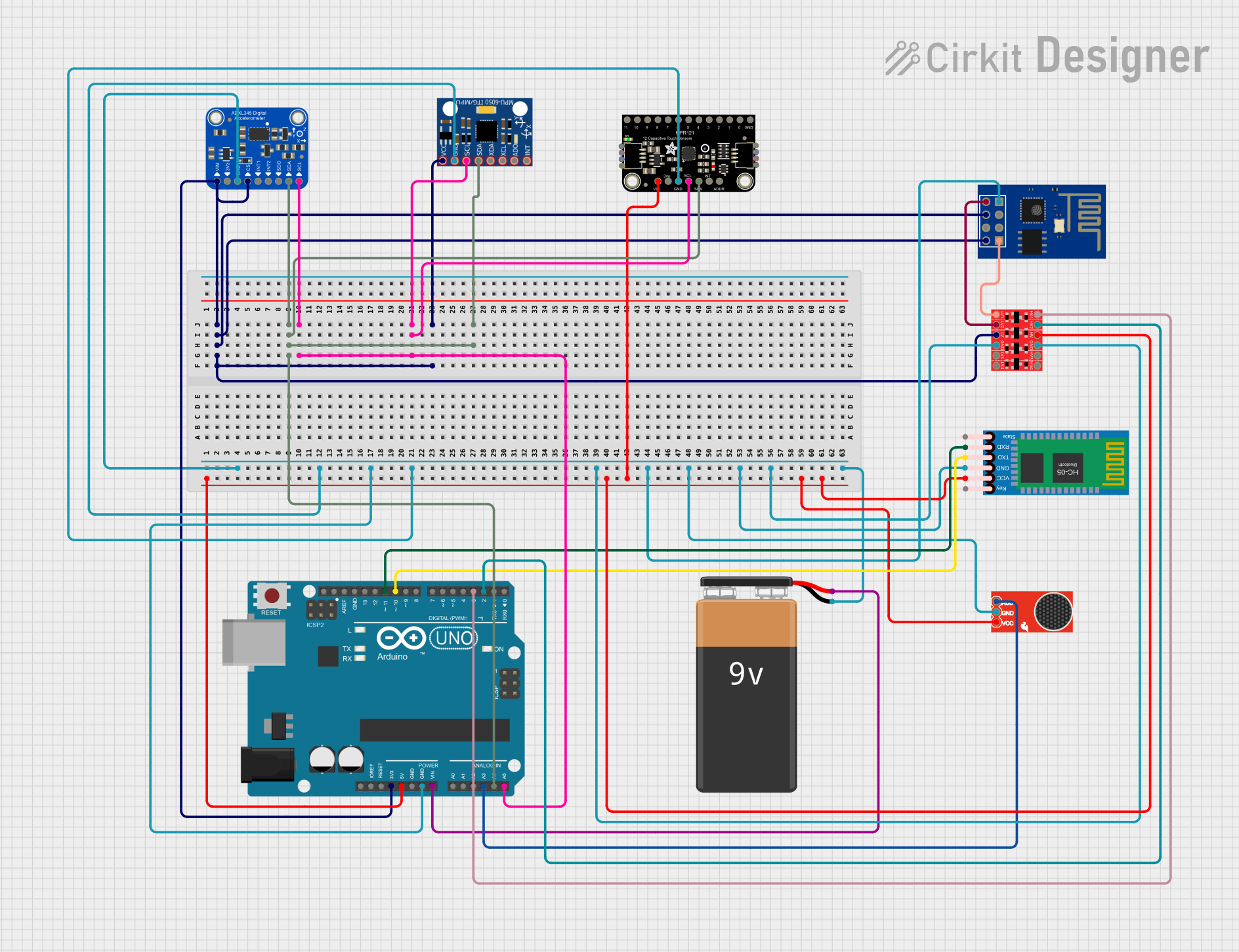
How to Use ams5935: Examples, Pinouts, and Specs

 Design with ams5935 in Cirkit Designer
Design with ams5935 in Cirkit DesignerIntroduction
The AMS5935 is a precision voltage reference manufactured by Analog Microelectronics. It provides a stable output voltage with a low temperature coefficient and low noise, making it ideal for high-accuracy applications. This component is commonly used in data acquisition systems, instrumentation, and other circuits requiring precise voltage references.
Explore Projects Built with ams5935

 Open Project in Cirkit Designer
Open Project in Cirkit Designer
 Open Project in Cirkit Designer
Open Project in Cirkit Designer
 Open Project in Cirkit Designer
Open Project in Cirkit Designer
 Open Project in Cirkit Designer
Open Project in Cirkit DesignerExplore Projects Built with ams5935

 Open Project in Cirkit Designer
Open Project in Cirkit Designer
 Open Project in Cirkit Designer
Open Project in Cirkit Designer
 Open Project in Cirkit Designer
Open Project in Cirkit Designer
 Open Project in Cirkit Designer
Open Project in Cirkit DesignerCommon Applications:
- Data acquisition systems
- Instrumentation and measurement equipment
- Analog-to-digital converters (ADCs)
- Digital-to-analog converters (DACs)
- Precision power supplies
Technical Specifications
The AMS5935 is designed to deliver high performance in demanding applications. Below are its key technical specifications:
| Parameter | Value |
|---|---|
| Output Voltage | 2.5V, 3.0V, 3.3V, 5.0V (varies by model) |
| Output Voltage Tolerance | ±0.2% |
| Temperature Coefficient | 10 ppm/°C (typical) |
| Supply Voltage Range | 4.5V to 12V |
| Supply Current | 1.0 mA (typical) |
| Output Noise (0.1Hz–10Hz) | 10 µVpp (typical) |
| Operating Temperature | -40°C to +125°C |
| Package Options | SOT-23, SOIC-8 |
Pin Configuration
The AMS5935 is available in multiple package types. Below is the pin configuration for the SOT-23 package:
| Pin Number | Pin Name | Description |
|---|---|---|
| 1 | VIN | Input voltage |
| 2 | GND | Ground |
| 3 | VOUT | Precision voltage reference output |
For the SOIC-8 package, refer to the manufacturer's datasheet for the full pinout.
Usage Instructions
How to Use the AMS5935 in a Circuit
- Power Supply: Connect the VIN pin to a stable power supply within the specified range (4.5V to 12V). Ensure the supply voltage is clean to avoid introducing noise into the reference output.
- Ground Connection: Connect the GND pin to the circuit ground.
- Output Voltage: The VOUT pin provides the precision reference voltage. Connect this pin to the load or circuit requiring the reference voltage.
Important Considerations
- Bypass Capacitor: Place a 0.1 µF ceramic capacitor close to the VIN pin to filter out high-frequency noise from the power supply.
- Load Capacitance: The AMS5935 is stable with capacitive loads up to 10 µF. Use a capacitor at the VOUT pin to improve stability and reduce noise.
- Thermal Management: Ensure adequate thermal dissipation, especially in high-temperature environments, to maintain accuracy.
- PCB Layout: Minimize trace lengths and avoid running high-current traces near the AMS5935 to reduce noise coupling.
Example: Using AMS5935 with Arduino UNO
The AMS5935 can be used as a reference voltage for ADCs in microcontrollers like the Arduino UNO. Below is an example of how to connect and use it:
Circuit Connection:
- Connect the AMS5935's VIN pin to the Arduino's 5V pin.
- Connect the GND pin to the Arduino's GND.
- Connect the VOUT pin to the AREF pin of the Arduino.
Arduino Code:
// Example code to use AMS5935 as an external reference for Arduino ADC
void setup() {
// Set the analog reference to EXTERNAL to use AMS5935
analogReference(EXTERNAL);
// Initialize serial communication for debugging
Serial.begin(9600);
}
void loop() {
// Read an analog value from pin A0
int sensorValue = analogRead(A0);
// Convert the ADC value to voltage (assuming AMS5935 outputs 2.5V)
float voltage = (sensorValue / 1023.0) * 2.5;
// Print the voltage to the Serial Monitor
Serial.print("Voltage: ");
Serial.print(voltage);
Serial.println(" V");
delay(1000); // Wait for 1 second before the next reading
}
Notes:
- Ensure the AMS5935 output voltage matches the Arduino's AREF pin voltage setting.
- Use a stable power supply to avoid fluctuations in the reference voltage.
Troubleshooting and FAQs
Common Issues and Solutions
Output Voltage is Incorrect:
- Verify the input voltage is within the specified range (4.5V to 12V).
- Check for proper connections and ensure the GND pin is securely connected to the circuit ground.
- Ensure the load connected to the VOUT pin does not exceed the maximum current rating.
High Noise on Output:
- Add a bypass capacitor (0.1 µF) close to the VIN pin.
- Use a low-ESR capacitor (e.g., 1 µF to 10 µF) at the VOUT pin to filter noise.
Device Overheating:
- Check for excessive input voltage or high ambient temperature.
- Ensure proper thermal dissipation by using a heat sink or improving airflow.
Arduino ADC Readings are Inaccurate:
- Confirm the AMS5935 output voltage matches the AREF voltage setting in the Arduino code.
- Use shielded cables for analog signal connections to reduce noise interference.
FAQs
Q: Can the AMS5935 be used with a 3.3V system?
A: Yes, the AMS5935 is available in models with a 3.3V output. Ensure the input voltage is at least 4.5V.
Q: What is the maximum load current for the AMS5935?
A: The AMS5935 can typically source up to 10 mA. Exceeding this limit may cause voltage drops or instability.
Q: Is the AMS5935 suitable for battery-powered applications?
A: Yes, its low supply current (1.0 mA typical) makes it suitable for battery-powered systems, provided the input voltage is within range.
Q: Can I use the AMS5935 without a load capacitor?
A: While the AMS5935 is stable without a load capacitor, adding one (e.g., 1 µF) improves noise performance and stability.